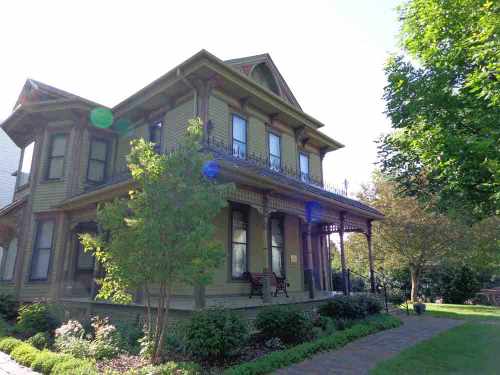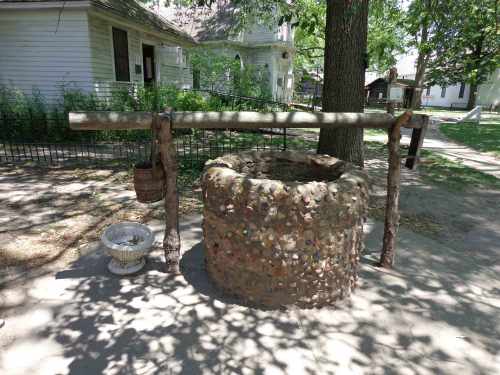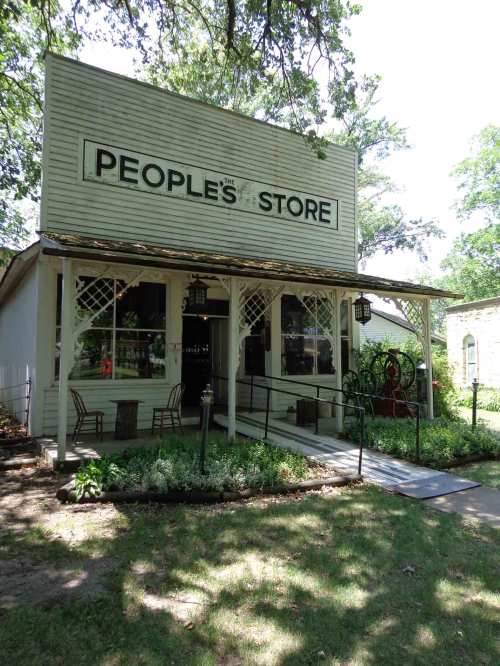
A couple of weeks ago, I sought out a place I’d learned about online but had never seen before: the Glenview Naval Air Station Museum. Hadn’t seen it before and almost didn’t find it while looking for it. Having spent years admiring the activity that occurred at the Glenview Naval Air Station, I had expected something more impressive, but what I found was a tiny cubbyhole that was all but hidden at the back of an otherwise unremarkable parking lot, next to Chuck’s Auto Repair. It seemed rather underwhelming, and almost insulting, for the once might military base.
However, I soon learned that, while it seems unprepossessing, it’s absolutely worth a visit—and maybe a little more attention than it has received. (Visitors are the life blood of every museum.) Because here, it’s the history that makes it big, not the building. A lone docent, Irving, long-retired airplane mechanic, was a wonderful combination of enthusiastic about the tale and indignant about how overlooked the museum has become, and shared an endless flow of stories. The tiny space wouldn’t take much time to study, but try to allow yourself at least an hour, as there is a wonderful 40-minute movie (narrated by Bill Kurtis) about the importance of Chicago and Lake Michigan during World War II. Because before there was Top Gun, there was Glenview Naval Air Station.
Lake Michigan, being virtually an inland sea, would become the training ground for the thousands of pilots —because where else could you train flyers to land on aircraft carriers without any chance of a German or Japanese submarine attack. (And in case you always wondered how Navy Pier got its name—now you know.) The film also covers salvage efforts to save the hundred planes that ended up at the bottom of the lake, where the ongoing threat is being consumed by zebra mussels. (Because there is no real museum here, the salvaged planes all end up in Kalamazoo, Pensacola, or D.C.) But the film was stunning to be reminded just how much of the nation’s military might passed through this area. Really remarkable. Also a fair number of interesting and worthwhile artifacts in the museum itself. Absolutely worth a visit. And if you know anyone with a few extra million dollars, they could certainly use a real museum. Open on Saturday and Sunday, 1-4.
https://www.facebook.com/Naval-Air-Station-Glenview-Museum-139960772688126/
And in case you can’t get to the museum but would still like to see the movie, it is available on DVD—and buying it helps fund the museum. https://www.heroesondeck.com/















